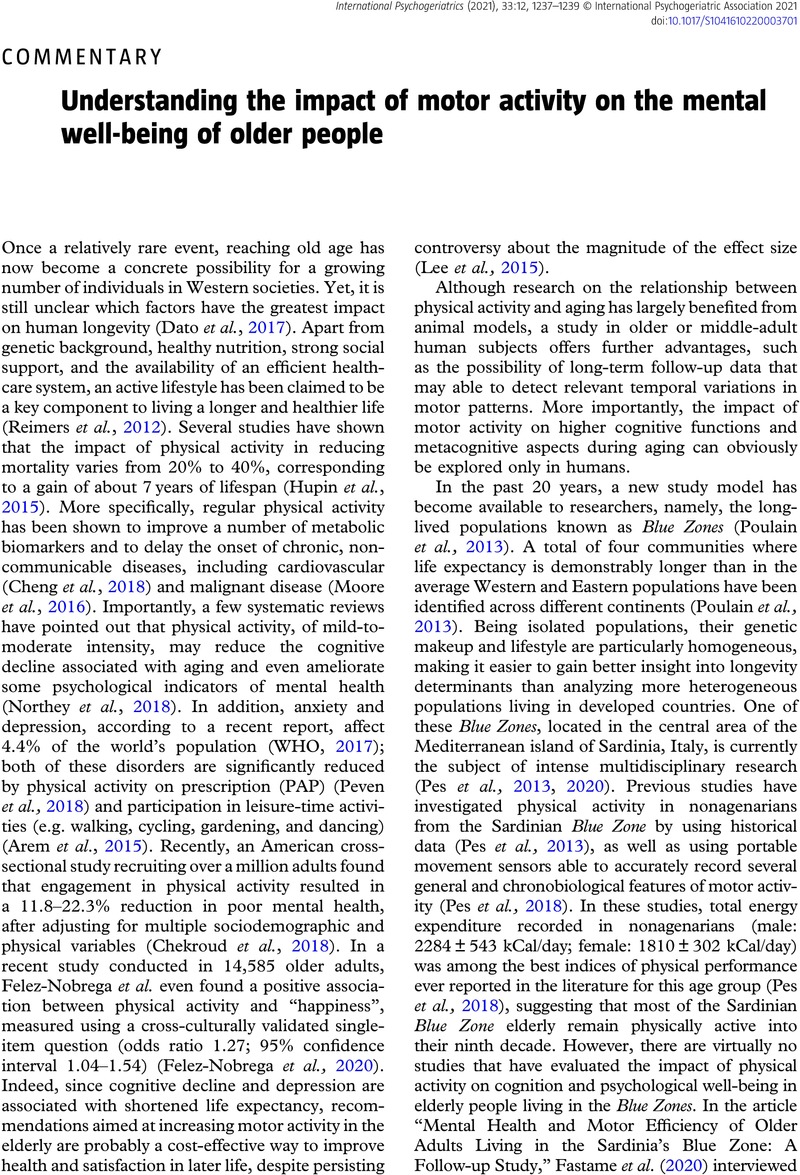Crossref Citations
This article has been cited by the following publications. This list is generated based on data provided by Crossref.
Zagorski, Emily
and
May, Conrad
2023.
Current Perspectives on Centenarians.
Vol. 36,
Issue. ,
p.
15.
Pes, Gianni
and
Poulain, Michel
2024.
The Biodemography of Ageing and Longevity.
p.
331.
RAMOS-ESPINOZA, Francisco
MUÑOZ-VASQUEZ, Cristopher
HERNÁNDEZ-MARTÍNEZ, Jordán
LUCERO, Boris
HERRERA-VALENZUELA, Tomás
MAGNANI BRANCO, Braulio H.
VÁSQUEZ-CARRASCO, Edgar
CANCINO, Margarita
and
VALDÉS-BADILLA, Pablo
2024.
Effects of combat sports on cognitive function in older people: a systematic review.
The Journal of Sports Medicine and Physical Fitness,
Vol. 64,
Issue. 3,



